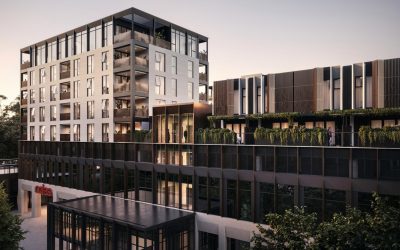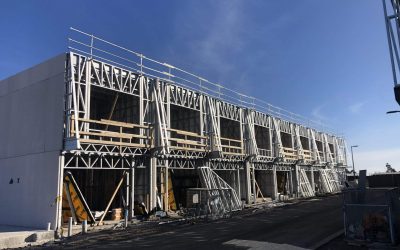Vertex BD Supports MYT Framing Solutions in Delivering Coordinated LGS Projects Across South Australia
LGS framing strategies supporting custom residential and commercial projects. Story originally published on Built Offsite.
- Case Study
- Client: MYT Framing Solutions
- Country: Australia
- Date: November 2025
- Type: Steel Framing / Prefabrication

- Jigar Patel, Managing Director
Based in Elizabeth South, South Australia, and supported by a secondary location in Ravenhall, Victoria, MYT Framing Solutions has developed a digitally driven approach to light gauge steel (LGS) framing that combines coordinated design, controlled manufacturing and detailed installation support. Central to this is Vertex BD, the platform MYT uses to model, coordinate and deliver fabrication-ready output for a wide range of residential and commercial projects.
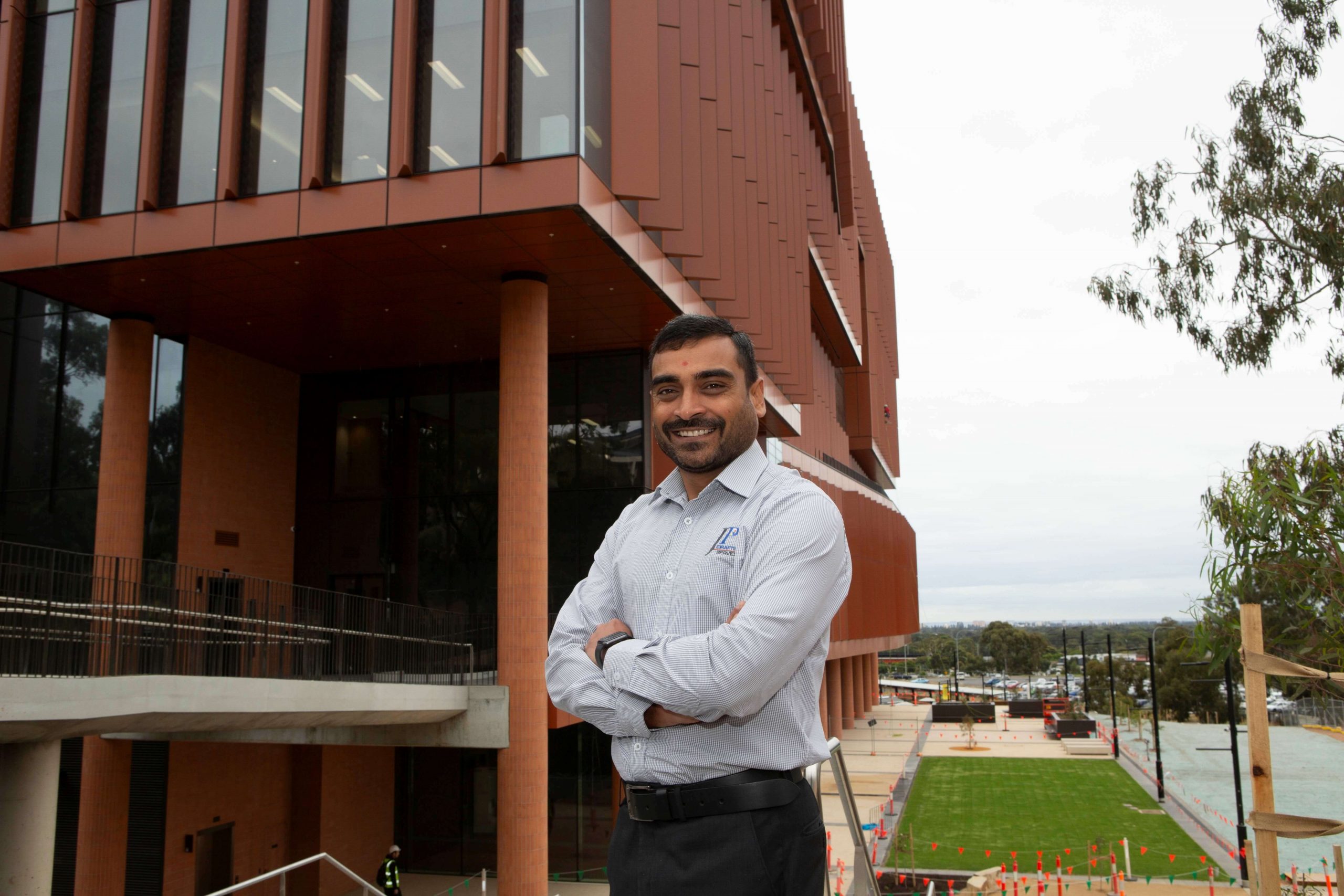
Jigar Patel, Managing Director, MYT Framing Solutions.
Founded in 2019 by Managing Director Jigar Patel, MYT evolved from Patel’s longstanding drafting practice, JP Drafting Services, which continues to operate alongside the framing business. After years supporting structural steel contractors across Australia, Patel recognised a clear market gap in South Australia for a framing model that brought design, detailing, engineering, fabrication and installation together. Reflecting on the early opportunity, he said, “The main learning was that having a one-stop model for builders has been a big positive. Builders want a company that can handle everything without them needing to micromanage.”
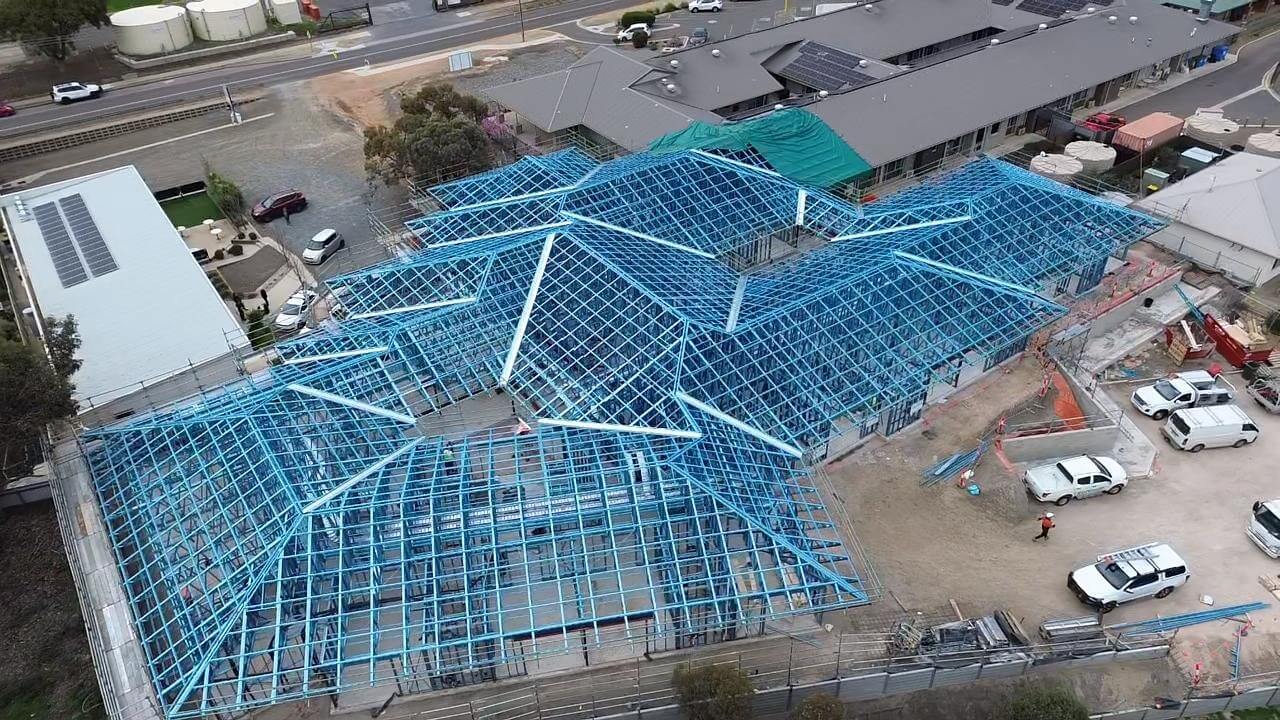
Integrated drafting and manufacturing working together
From the outset, MYT was structured around the belief that LGS framing performs best when drafting and manufacturing operate side by side. The company’s modelling and detailing team manages each project from early design involvement through to fabrication checks and installation support. This arrangement enables issues to be resolved earlier, reduces uncertainty and helps designs move smoothly through production.
The approach has proved particularly effective in architecturally complex builds, where roof geometry, varied façade treatments and intersecting structural elements require careful coordination. MYT’s work spans single dwellings, duplexes, townhouses, commercial buildings and community facilities such as early learning centres and medical suites. As Patel explained, “Single detached homes are the main portion of the business—around 50 to 55 per cent—but we also take on high-end houses, commercial projects and developments.”
MYT’s model has strengthened relationships with builders seeking predictable outcomes and specialist support. Early feedback loops have been important, too. Patel said, “When frames go up, we ask for feedback so we can improve things on the next project. That’s helped build strong long-term relationships.”
Acceptance of LGS continues to grow across the state. As Patel noted, “Once installers work with LGS on a project or two, they often say they don’t want to go back to timber.”
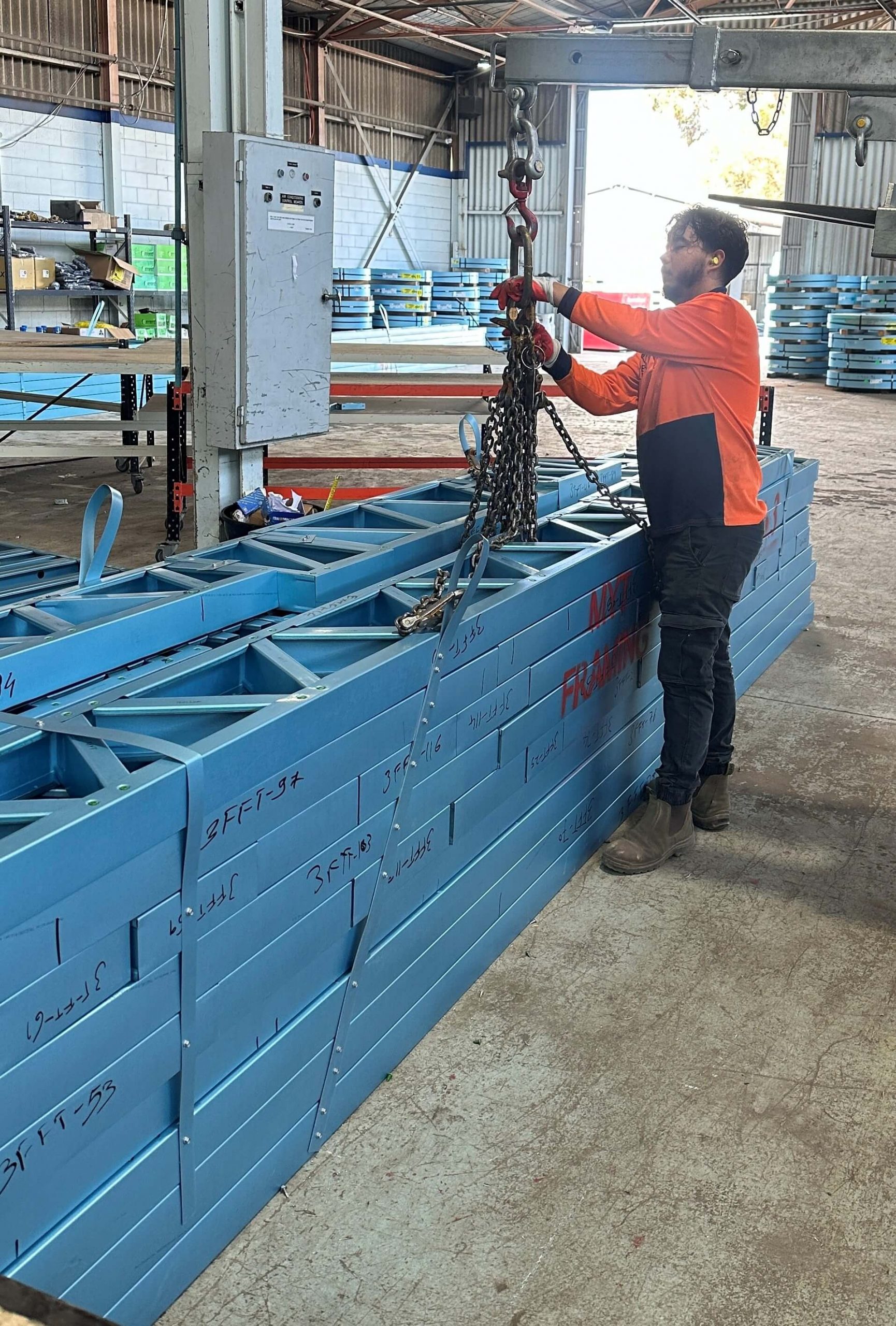
Vertex BD as the digital backbone across the workflow
Patel’s experience in digital modelling meant MYT already understood how coordinated design environments could enhance workflow. When moving into manufacturing, he explored several options before selecting Vertex BD for its modelling capabilities, flexibility and alignment with production. “Vertex was very attractive because of its capabilities and ease of use,” he said.
Vertex BD supports MYT at every stage of the process. During initial review, it helps assess architectural intent and identify adjustments required for manufacturability. As detailing progresses, MYT develops a full 3D LGS model that becomes the foundation for fabrication drawings, panel schedules and coordinated documentation.
Vertex BD’s colour-coding tools are used here by MYT Framing Solutions to distinguish each light gauge steel element, making the structure easier to review and understand across the detailing and installation stages.
A key part of MYT’s process is the distinction between the internal fabrication model and the version shared externally. The fabrication model is the technical environment used for geometry, clash checks and scheduling. A separate, published version is exported through Vertex BD’s Showroom viewer and shared with both clients and installers. “It’s part of our standard process,” Patel said. “When we issue certifications or installation packages, we send the 3D model link. Builders and installers find it very helpful, especially for complex projects.”
The viewer supports installation by allowing users to rotate assemblies, isolate components and inspect connections before and during assembly.
Vertex BD’s IFC model exchange capability adds further value, allowing MYT to import architectural, structural or building services information directly into the LGS model. This supports early identification of clashes and helps maintain a coordinated design approach.
Operational advantages shaped by Vertex BD
Vertex BD has created a more predictable and controlled workflow across MYT’s operations. Coordinated models have reduced onsite adjustments and strengthened communication with architects, engineers and services consultants. Working with IFC models in a shared environment has improved clarity and strengthened decision-making.
Detailing accuracy has also improved. Fabrication outputs are generated directly from the 3D model, supporting MYT’s current capacity. As Patel noted, “We produce roughly two houses per day—around six to seven tonnes.”
On site, access to the Showroom viewer gives installers clear visual guidance during assembly, reducing the volume of onsite queries and supporting smoother installation workflows.
With more than a dozen drafting staff working inside the platform daily, Vertex BD serves as the stable and scalable digital foundation supporting MYT’s production operations and future aspirations.
Future direction
With expanded production capacity in Elizabeth South, MYT is exploring opportunities in mid-rise and advanced modular-style projects. Patel is already looking towards these applications. “Vertex has strong capabilities for multi-storey and high-rise work,” he said. “The question is how to incorporate those features into the current market and manufacturing setup.”
MYT is also following broader trends in offsite manufacturing. Patel has seen a steady rise in interest, noting, “The future is moving more towards modular construction. We’ve worked on many modular projects and will continue to do so, especially for medical centres and schools where onsite time is limited.”
Related stories
Building Better with Steel: Sweelco Is Using Tech and Steel to Revolutionize Construction
By using advanced BIM software like Vertex BD, Sweelco enhances the construction experience for its clients by making the design process more precise and efficient, ensuring high-quality results from design to production.
MYT Framing Solutions
MYT Framing Solutions achieves seamless collaboration and accelerated project completion with Vertex BD software. By supplying 100 tonnes of steel frames for the Norwood mixed development project, the company demonstrates its expertise in handling complex designs and delivering lightweight frames for large-scale projects.
Steel Frames Direct
Steel Frames Direct was established in 2020 to provide light gauge steel framing solutions for residential, commercial and light industrial building projects. The company’s focus on customer satisfaction, and use of Vertex for efficient collaboration and communication sets them apart from their competitors.


